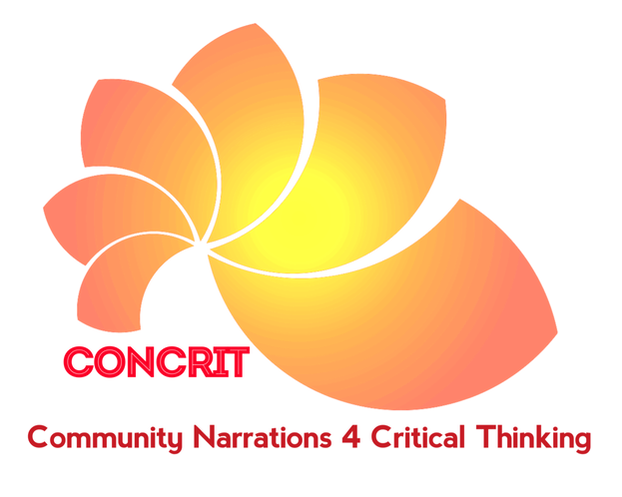Migrants and bilingual adults
Name of Community[edit]
Non-German or bilingual migrants in Berlin-Wedding Berlin, Germany
Socio-Economic Situation[edit]
The community consist of a huge variety of socio-economic statuses and nationalities. They have as well various legal status and rights, ranking from illegal residents with no rights at all, via asylum-seekers, with limited work and residential rights, to migrants with status to union citizens, who can even participate in local and European elections. The neighborhood is dominated by Turkish migrants, followed by Arabic, Polish, Romanian and Bulgarians. Lately the group of Ukrainians increased. The financial status is depending heavily on the education and language skills, but as well the legal status, determine which kind of work can be taken. The younger generations of the Turkish group, just as Poles, tend to speak German to a certain amount, while the other groups struggle with the language. In the Union citizens group however, most people are in employment, partly using English as everyday language or depending on volunteer interpreter.
The group is fragmented noted. Meeting points are usually segregated in cafes, shops or restaurants of each group. True meetings points are kindergartens and schools, where at least the children and parents have meetings. The groups are marginalized by the limited use of the host language, resulting in less employment opportunities. Although segregated communities exists, there are little connections between them, leaving the members of the groups with less impact on the administration. This results in little or no participation (partly due to limited rights) and a lack of empowerment.
Aim/s[edit]
The pilot should bring different community members together and motivate them to tell their story on the district and the life together. The idea is to empower them by connecting them, listening to their stories and acknowledge their perspectives on the place. This should result on the one hand in a feeling of co-ownership and on the second in a visibility of the groups.
Location[edit]
The project will take place in the public space and neighbourhood centred of the district Wedding. The area is traditionally a working-class area which lately experienced a partially gentrification, as more middle-class German families moving in. Still more than 100 nationalities are living in the area and the number of social benefits receivers is high above the average in Berlin.
Title of the path[edit]
“Kiez Loesje”
Duration[edit]
1 days - 4-5 hours
Description of learners/participants[edit]
9 young people from the neighborhood. They partly knew each other, they came together after a call and public invitation.
Implementation[edit]
The aim of the workshop was to co-create a campaign on how the participants reflect on community after the Covid19 restrictions. The workshop is embedded in a longer initiative, which is promoting social actions in the neighborhood. CRN was involved as host and impulse provider for the methodology. The workshop took place in the rooms of a migrants NGO,thus providing a safe space. _The campaign presentation took place a week later on a street festival, organised by a neighborhood center. The publicity helped to spread the messages and made the participants, alas the poster had been anonymous, feeling to become a part of the debate, as people stopped and discussed or commented on the poster.
Content[edit]
The co-writing let them provide their ideas without being limited by the spoken words. As the texts are short and can be written in any languages, there had been creative wordplays between the cultures, creating intercultural dialogue. AS the messages are shared publicly, it provided the participants with a feeling of empowerment and involvement, as they felt, that their voices are heard.
Skills are: - co-creation and writing - Critical and analytical thinking - Campaigning
The workshop created more than 20 posters and slogans on the topic, which had been shown in public space and are used for social media campaigns..
The Co-writing process results in collective narratives, which are anonymously but collective. All participants co-created every single slogan, bringing in this way their own perspective to the ideas of others. The public sharing and further discussion with other community members, help to develop the narrations of the communities nad help other to understand the narration better with unique and entertaining insights.ntertaining insights.
We focused much more on social actions and campaigning. The core of our path was to enable the young people to understand how to express their perspective on issuescin their community. This, we worked closely with a neighborhood center and a local migrant NGO to train their facilitators as well in the methodology.
Session Plan[edit]
TBD
